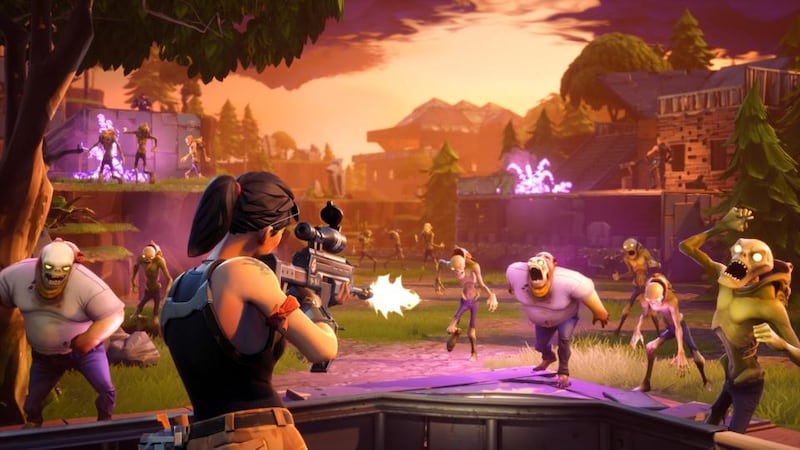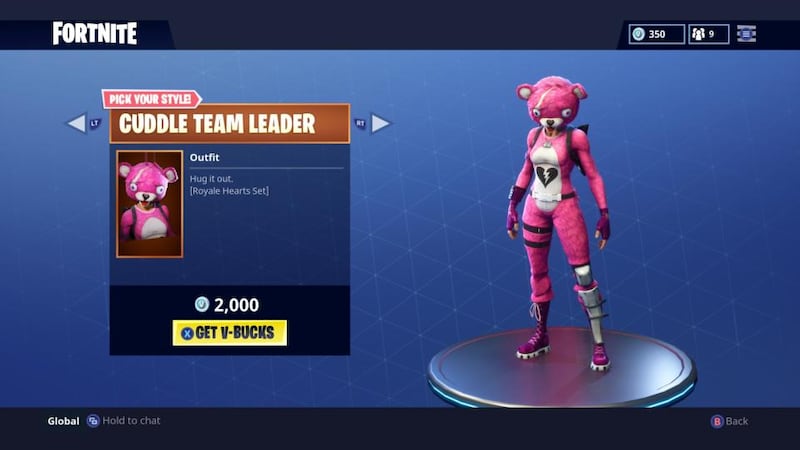Fortnite, which took the gaming world by storm last year, is now a global phenomenon, with a reported 125 million users – but while its popularity grows, a storm rages about the video game’s effect on children. Many have criticised Fortnite for “addicting” young people, and Irish primary schools have been warning parents about the game. One of them, St Clare’s in Harold’s Cross in Dublin, emailed parents to remind them that thegame had a 12s rating and was unsuitable for anyone younger than that. Is Fortnite as bad as its critics say it is? Here’s what you need to know.
What is Fortnite Battle Royale?
The game involves 100 players jumping from a plane on to an island where they fight and kill each other. Rifles, grenades, axes, crossbows and other weapons are hidden around the island for players to arm themselves with. The field of battle shrinks as the game advances, so players are forced closer and closer together. A game can last up to 20 minutes, and the player who is the last survivor wins.

Fortnite Save the World, which was released in July 2017, was originally a four-player survival game. Its developer, Epic Games, soon realised the success of PlayerUnknown's Battlegrounds, a rival's 100-player brawl. In September 2017 Epic released the Battle Royale version of Fortnite, now also for 100 players.
Why is it so popular?
The normal version is completely free to download and play – you can buy the premium version if you want exclusive clothing and other items – and comes for PC, Xbox, PlayStation, Mac and iPhone, so almost anyone with a computer or console can use it.
Most fighting games use realistic graphics to depict serious situations, but Fortnite is cartoonish and more humorous. Players can dress their characters as dinosaurs or rabbits, among other things, and make them dance. (The game is responsible for the spread of the Floss dance move.) They can also team up with friends, communicating via the on-screen chat or through headsets and microphones, which adds a social aspect.
The developer adds features frequently, so the game doesn’t get repetitive. It is also hard to win, which helps explain why children want to play it for hours on end.

What are the criticisms?
The biggest concern is addiction. Fortnite’s immersive nature makes some children want to play all night. Xbox and PlayStation have parental controls that allow parents to set a time limit.
The game’s chat facility means your children might end up talking to strangers; it also allows players to talk to each other privately, which is another concern. Again, the parental controls on consoles can limit this – and parents and schools should alert children to the dangers of talking online to people they don’t know.
Violence is an issue with many video games – but even though Fortnite players shoot at, fight with and kill each other, there is no blood or gore. Compared to the likes of Call of Duty it’s actually quite tame.
So what should parents do?
Experts are still debating Fortnite’s effects, which may come down to the individual child. Moderation is key, they say. And if your child starts to behave aggressively after playing Fortnite or any other video game, stop him or her from playing it and seek help. For most children, however, video gaming is a hobby they can enjoy without any negative effects.


















